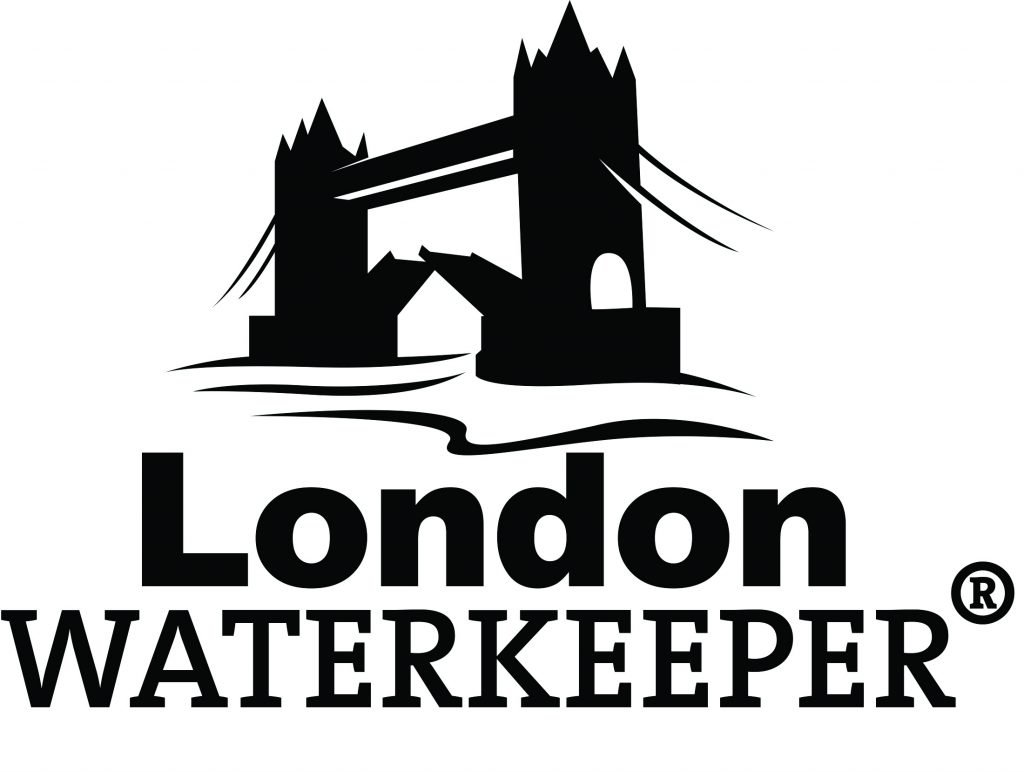
Recently we went on a smashing little hike with our mates from the Brokedown Palace and Patagonia The route ran along the Thames and along the way we were joined by Theo from Waterkeeper London who came along to talk to us about his charity and to check the water quality. It was a bit like going on a school trip albeit one that you actually wanted to go on and where the teacher was really cool and you didn’t get done for smoking. Although we would have a got a right bollocking if we’d flicked our used fag ends into the Thames as Theo is on a serious mission to rid the Thames from it’s horrible human detritus and actually make it swimmable. Yes, he genuinely wants us all to be able to go swimming IN.THE.THAMES. Can you imagine? Amazed and intrigued by this charismatic man on a mission we decided to pull up a park bench for a while and ask Theo some probing questions about finding a Thames fit to swim in…
Neil: What is London Waterkeeper and what made you decide to set it up?
Theo: As London Waterkeeper I’m an advocate for the capital’s rivers and waterbodies. The organisation is an independent charity dedicated to protecting them from pollution. The city needs an independent voice to challenge the problems that are not being tackled effectively. I’d worked for 12 years in another charity to improve waterways across London. This was mainly with volunteers and included projects like creating new areas of habitat and removing rubbish. This is important work but increasingly I noticed that significant sources of river pollution were not being dealt with by environmental groups in London. It became evident that improvements in water quality are at risk of being undermined if we don’t make full use of the environmental laws we have.
London Waterkeeper is a member of the international federation Waterkeeper Alliance. This unites Waterkeepers across the planet who are challenging water pollution and holding polluters to account. When I decided that to address the problems in London I had to set-up a new charity it was important to be able to link with global water issues. I work with Waterkeepers in Bangladesh and Australia, North America, Africa, the Middle East and Europe.
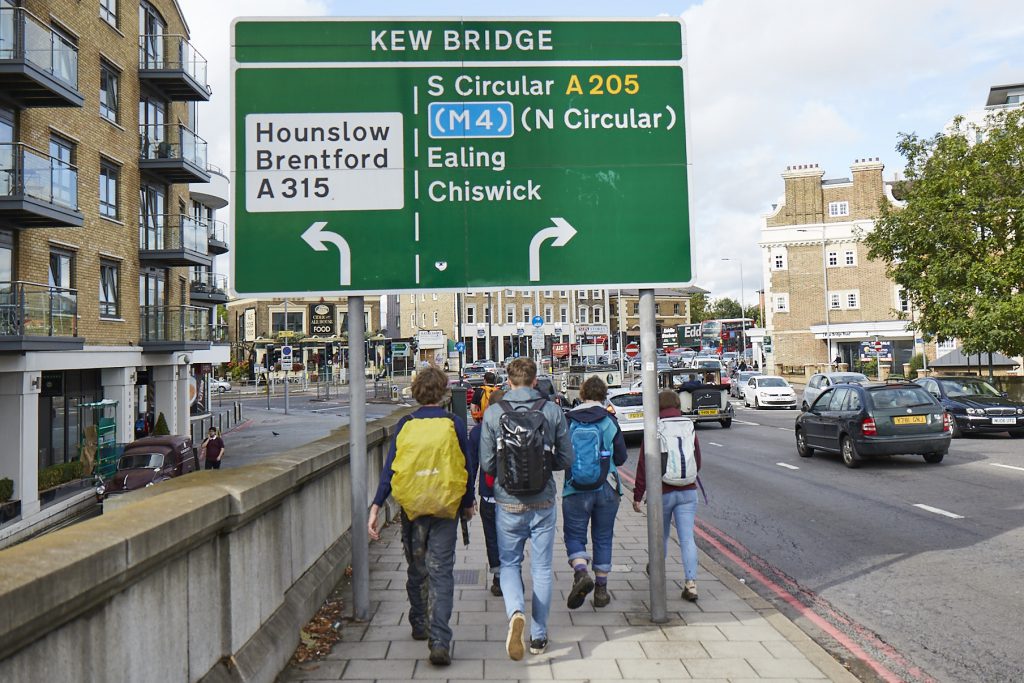
How did you realise that you could actually swim in the Thames?
People have swum in the Thames throughout history. It was very popular in Victorian times and the first half of the 20th Century. This dwindled after the Second World War as sewage pollution increased. Council swimming pools also provided alternatives.
While swimming in the central London section of the Thames is not allowed upstream of this it’s always been possible. Despite the recent increase in outdoor or wild swimming it’s still small numbers of people that swim in the Thames. This is because of a range of reasons; it’s discouraged by different authorities – you’ll see no swimming signs; people don’t know where they are allowed to get in or out; substantial amounts of sewage still pollute the river.
Swimming in rivers and lakes in Europe never went away though and there’s been a concerted approach by some cities to make their water’s swimmable. Copenhagen is the world leader. I thought that if another Northern European capital can do it, so can we. Copenhagen improved its infrastructure and created new urban beaches and harbour swimming pools. These sites are now the most popular open spaces in the city. Fundamental to the success is that when pollution does occur people are told in real-time via a website and app. If water quality meets bathing standards each beach has a green flag next to its name and a red one if its polluted. This gives everyone complete confidence in the system. We don’t have anything as good as this in the UK.
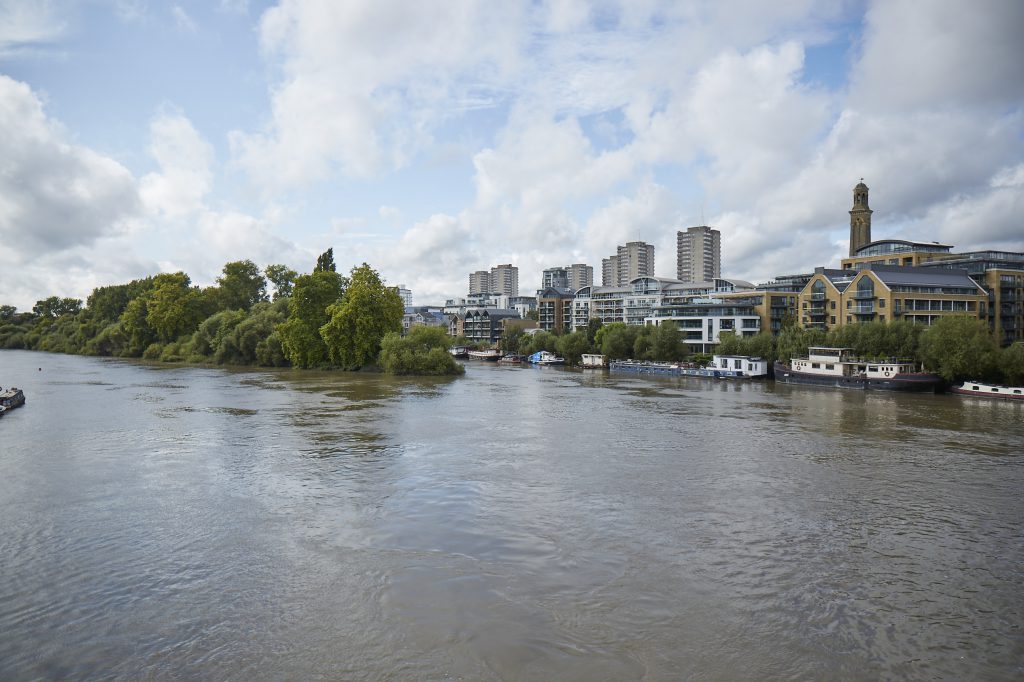
When you talk about a ‘swimmable Thames’ what do you envisage?
The Thames is one of the world’s iconic rivers and it flows through the centre of a city with millions of people. To be able to swim in the Thames would be a transformative experience and deepen our link with the environment. If tens of thousands of people could do this in London it would mean more people would care about the river. They would also have lots of fun. Not everyone wants to take part in a triathlon so London Waterkeepers campaign ‘A Thames Fit To Swim’ is all about recreational swimming. There could be beaches created alongside the river where people could just sit in a deck chair. Some might just want to go in as far as their ankles while others would swim for 15 minutes. There could be swim zones that are linked so more adventurous swimmers could swim for longer distances.
How many times have you been in and has it ever caused you to be ill?
I’m not a strong swimmer but I like swimming outdoors. For me it’s not about swimming long distances but the experience of being immersed in the environment. Knowing when it’s safe to swim in the Thames is difficult to judge. A 2007 report commissioned by the City of London found that the river fails bathing water quality standards most of the time. If it rains sewage and other pollution gets washed into the river. There are countless drains where this happens. As little as 1.5mm of rain can cause sewers to spill. So you have no idea if you are swimming in polluted water. The 2007 report suggests waiting 4 days after rainy weather to allow the Thames to self-clean. But this assessment is too vague and puts people’s health at risk. So finding times to swim in the Thames is haphazard. It’s a couple of times a year that I swim in it. Instead swimming outdoors with my family at places where there is water quality testing means the risks are low. I haven’t been ill because I only swim when we’ve had dry weather. If we had a system like Copenhagen we would know when it was safe, giving us many more opportunities.
Is this issue specific to London or are there similar issue with other rivers in the UK?
Sewage pollution in city rivers happens across the UK. There’s also a lack of information about when it occurs. It’s not how is should be in the 21st Century. Copenhagen has shown how it can be done.
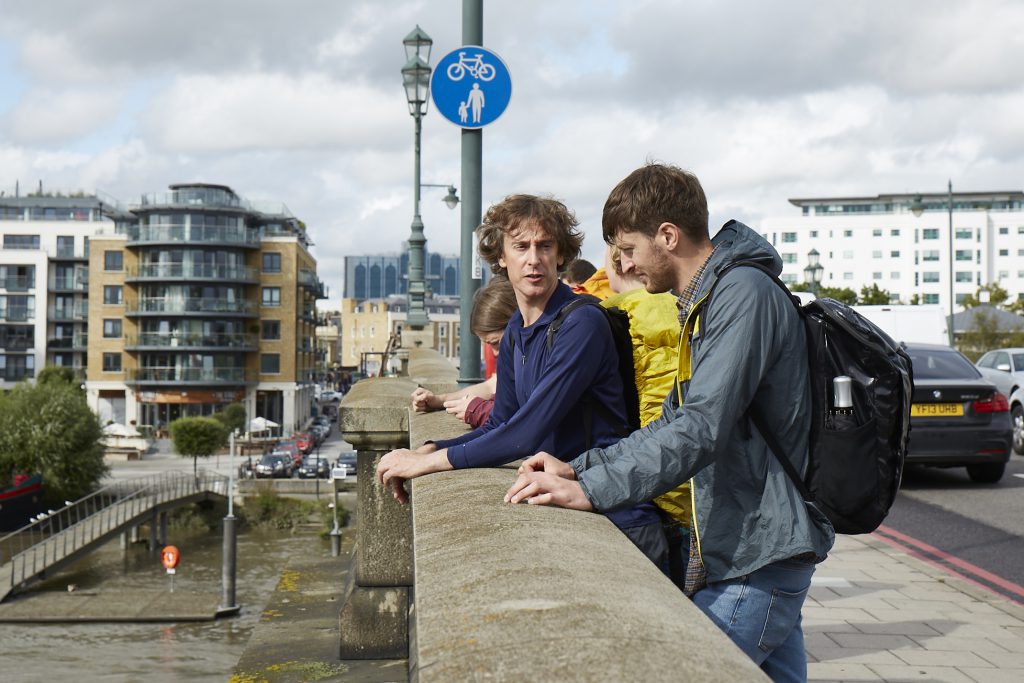
What can we all do to help improve our local rivers and reduce pollution?
We can help to reduce the amount of rain that ends up in our sewers, causing them to overflow. So if you have a paved front garden for parking the surface should be porous or drain to a patch of ground where the water can soak in. Always put rubbish in a secure bin or take it home if you can’t find one. Check to make sure your home is plumbed properly. In about 10% of properties wastewater pipes are connected to drain pipes. These misconnections mean dirty water from showers, sinks and toilets ends up in rivers.
Perhaps more importantly what needs to be done by the government and water companies in order to protect and improve our waterways?
We need them to meet their duties and responsibilities. This ranges from telling us when water pollution occurs and making the information easily available. The Environment Agency can do much more to encourage swimming in rivers which will increase the sense of attachment we have for them. As our societies become more urban we risk isolating ourselves even more from nature and caring less about it.
We need action to reduce the amount of pollution that gets washed off our roads and into rivers. A deposit scheme for plastic containers to reduce the number that get washed down rivers and into our oceans.
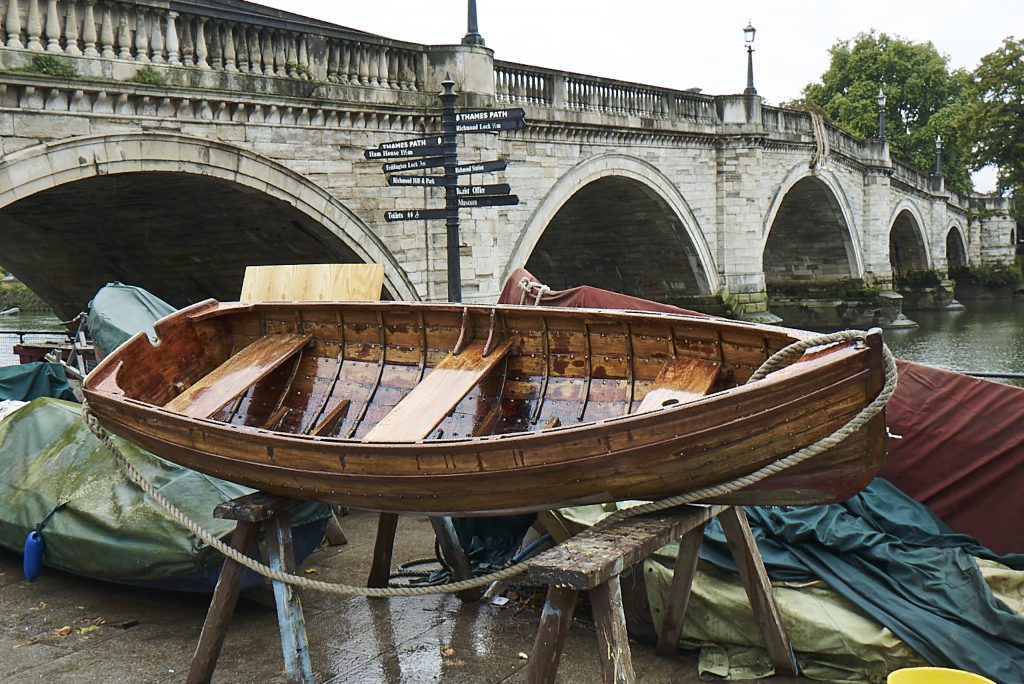
What’s your involvement with Patagonia and the Brokedown Palace?
Dee and Ian who founded the Brokedown Palace have been involved with London Waterkeeper for several years now. They care deeply about the environment and reducing our effect on it. But they also want to challenge complacent attitudes that allow pollution to happen in the first place.
They take great care in the brands they stock. Patagonia is one of these. The company makes great efforts to produce clothing and equipment that has a reduced impact on the planet. They also emphasise that as a society we need to repair the clothes we own instead of buying new ones. Both of those principles are great but in addition Patagonia supports environmental activists around the world through One Per Cent for the Planet. We need companies like Brokedown Palace and Patagonia to inspire others to care more. As faceless corporations have increasing influence on our lives we need business leaders that show there is another way.
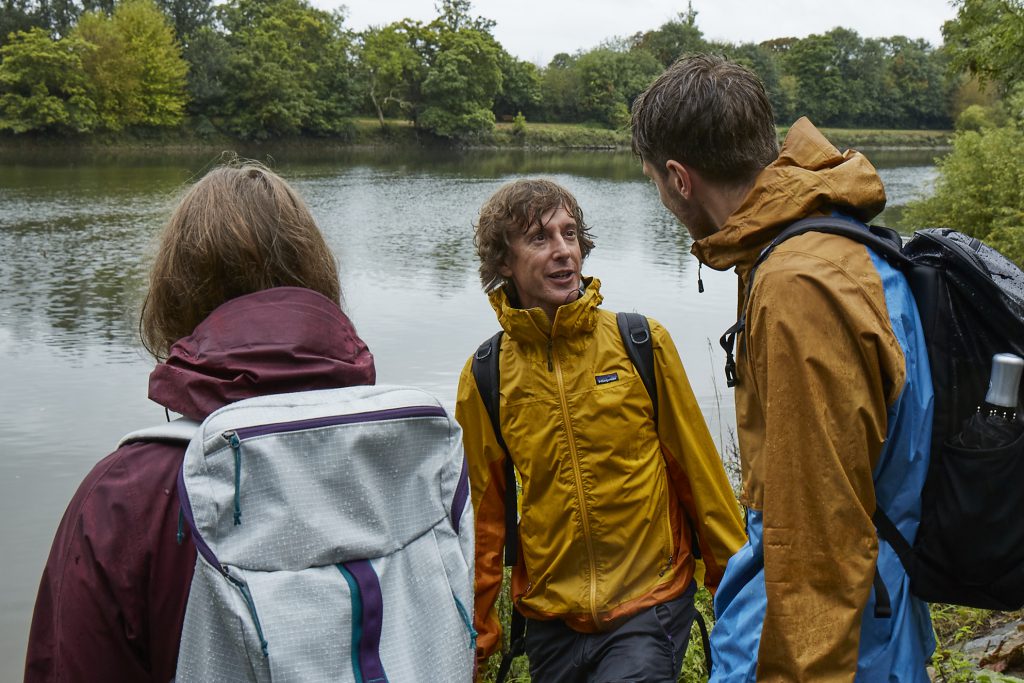
You can read Mark’s account of the hike and become a member of London Waterkeeper by visiting the site here and you can check out the full version of our interview with Theo in issue 24 of Proper Magazine on sale here.
